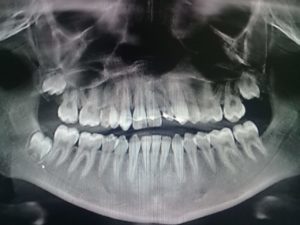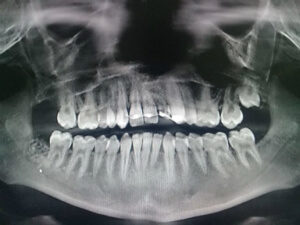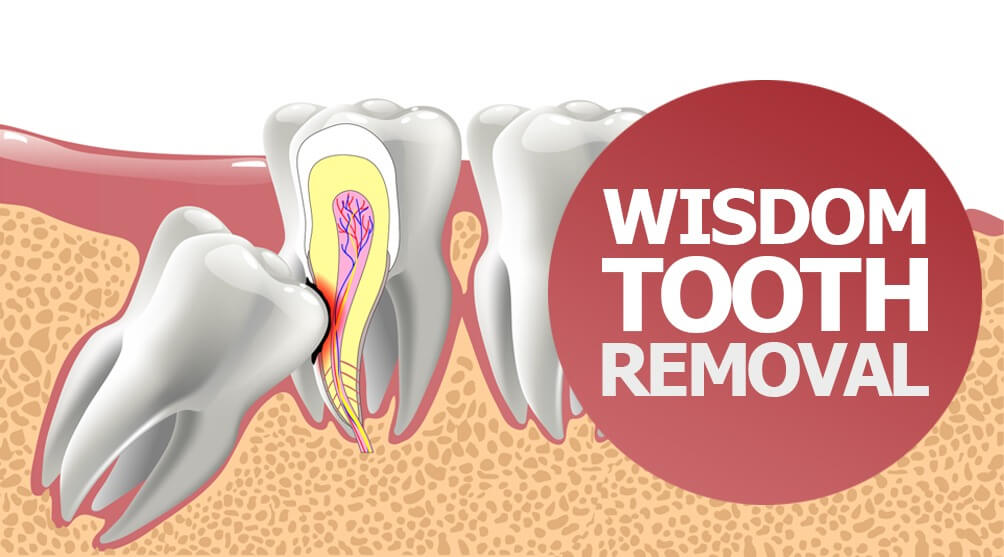All That You Wanted To Know About Wisdom Tooth Removal
Wisdom teeth are the last teeth to erupt and usually break through the gum line when people are around 17 to 25 years of age. If the teeth do not emerge normally, they are called impacted teeth and may have to be extracted through minor surgery. The impact is usually caused by:
- Insufficient space in the dental arch that accommodates these new teeth
- Positioning and the anatomy of the tooth within the bone
- Dense/thick bone above the underlying un-erupted teeth
- Thick fibrous soft tissue that hinders normal eruption
A tooth may be impacted partially or completely. In a partial impaction, any one of the cusps is visible. In an incomplete impaction, the teeth are completely embedded within the bone or soft tissue. They can be recognized only through radiographic examination. Impacted wisdom teeth may or may show symptoms of a problem.
Signs and symptoms to recognize Wisdom Tooth Problems:
- Severe, constant, or periodic pain usually radiating to the ear and neck, and head region.
- Restricted mouth opening.
- Bad breath or Halitosis/malodor.
- Extraoral and or intraoral swelling.
- Fever with possible lymph node palpation.
What can be done during wisdom tooth removal?
- Sometimes, the eruption path of the tooth is normal, but cannot break out because of the soft tissue that covers the tooth. A dentist can cuts out this hindrance under local anesthesia and pave way for the underlying tooth.
- If the dental arch lacks sufficient room to accommodate the new teeth it is safer to extract them and protect the other existing teeth.
What happens if not extracted?
- The pain becomes severe
- Pericoronal infection
- Alveolar abscess
- Cyst
- Possible ear infection
- Dental caries affecting adjacent erupted teeth
What is the Disimpaction of the wisdom tooth?
- Disimpaction involves surgically removing the impacted tooth under local anesthesia.
- Depending on the severity of impaction, the procedure could take about 40 to 60 minutes.
- Incision, mucoperiosteal flap elevation, bone guttering, and sectioning of a tooth. if required, the tooth may have to be extracted. Hemostasis followed by the closure of the incision with sutures is also done.




Pingback:Pericoronitis | Richardson dental and craniofacial hospital